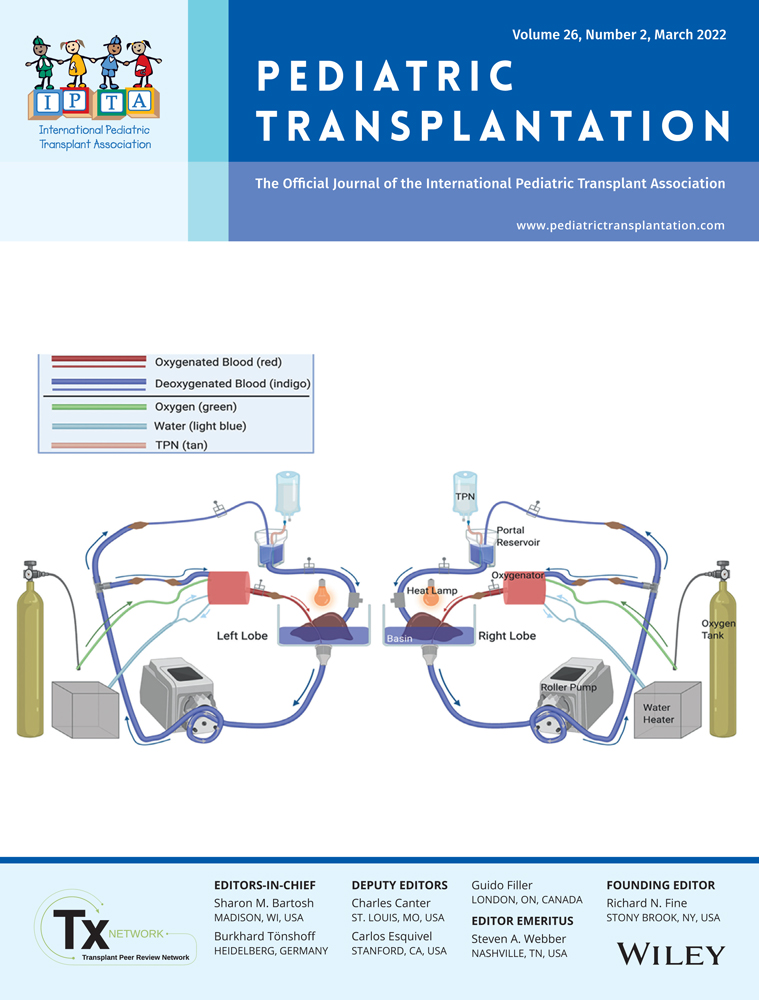Bloodstream bacterial infections in thalassemic pediatric and adolescent patients after hematopoietic stem cell transplantation
Abstract
Background
Thalassemic patients usually require regular blood transfusions; however, HSCT can provide a cure. Incidence of IBI in pediatric patients post-HSCT is still scant.
Objectives
This study aimed to explore whether thalassemic patients had a different incidence of post-HSCT IBI compared with patients with other underlying diseases. Factors associated with IBI in the pediatric population undergoing HSCT were also investigated.
Methods
In this retrospective cohort study, clinical data of pediatric patients who underwent HSCT during the period from 2011 to 2016 were reviewed and analyzed. The primary outcome was incidence of IBI within 1-year post-HSCT.
Results
Of 123 patients, 53 were thalassemic. IBI was diagnosed in 23 patients within 1 year after HSCT (incidence: 19.5 episodes/1000 patients/month). The IBI incidence was lower in thalassemic patients than in patients with other underlying diseases (6.9 vs. 31.6 episodes/1000 patients/month). Having thalassemia as an underlying disease was the only factor associated with lower IBI in pediatric post-HSCT patients (hazard ratio: 0.245; 95% confidence interval, 0.080–0.748). In post-HSCT thalassemic patients, IBI mostly occurred within 100 days after HSCT, and most of these cases had catheter-related blood stream infection. The risk of IBI tended higher for haploidentical HSCT, but this difference was not statistically significantly different.
Conclusion
The IBI incidence after HSCT was lower in thalassemic patients than in those with other underlying diseases. Catheter-related blood stream infection was the major IBI in these patients. IBI was not a major complication in thalassemic pediatric patients undergoing HSCT.




